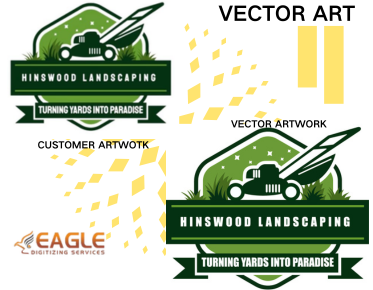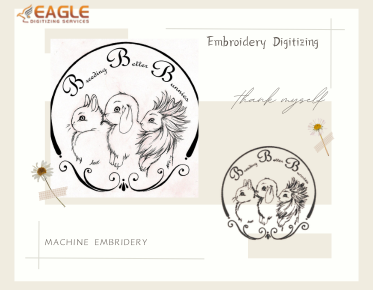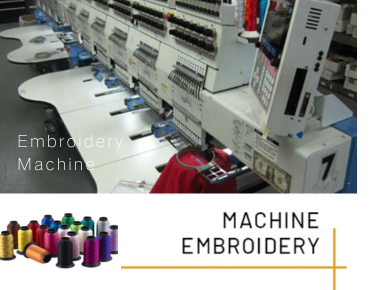Resolving Font Issues in Raster to Vector Conversion
Understanding Raster to Vector Conversion
In the world of graphic design, the conversion from raster images to vector format is a critical process. Raster images, made up of pixels, are best for complex images like photographs but can lose clarity when resized. Vectors, however, are composed of mathematical equations and can be scaled indefinitely without losing quality. This attribute makes vectors ideal for logos, typographic elements, and various forms of graphic art.
Common Font Issues During Conversion
One of the significant challenges in raster to vector conversion lies in dealing with font-related issues. Fonts in raster images often lose clarity upon conversion due to their pixel-based nature. This can result in fuzzy or distorted texts, making it critical to address font consistency and clarity during the conversion process.
Problem 1: Font Substitution
When converting, the software might substitute a font if it doesn't recognize the existing typeface. This is a common scenario when the specific font isn't available in the vector software's library. Ensuring that all necessary fonts are installed locally before conversion can mitigate this issue.
Problem 2: Font Vectorization Challenges
Not all fonts convert neatly from raster to vector due to their unique styles and complexities. Some fonts with intricate designs may not vectorize accurately, resulting in uneven paths and curves. Articulating each font character manually might be necessary to maintain design fidelity during the vector art conversion process.
Solutions to Overcome Font Issues
Using Advanced Vector Software
Employing advanced vector software such as Adobe Illustrator or Corel Draw can significantly enhance the quality of the conversion. These tools offer sophisticated path-editing features and options, catering specifically to intricate font designs. Furthermore, raster to vector services offered by expert companies can help in overcoming technical challenges. Companies like Eagle Digitizing provide specialized software and expertise to handle complex font conversions, ensuring clean and accurate vector paths【4:5†source】.
Custom Vector Art Services
Another effective strategy is to utilize custom vector art services, where professional designers create or refine vector designs based on your raster images. These services provide expert solutions to handle intricacies specific to fonts and text elements. Such services often include manual detailing of text to ensure clarity and design fidelity, making them worth considering for high-stakes projects【4:1†source】.
Ensuring Clear Communication and Instructions
Clear communication with your service provider is essential. Provide detailed instructions on how fonts should appear in the final vector design. If possible, supply the original font files. This allows the designers to accurately replicate the style and eliminate the guesswork that often leads to font substitution errors.
Case Study: Eagle Digitizing's Effective Solutions
Eagle Digitizing exemplifies a company that offers comprehensive solutions for raster to vector conversions. With expertise in dealing with font intricacies, they ensure each vector project is handled with precision. Customer testimonials often highlight how their services result in clean, scalable text in vector designs, reflecting the essence of the original artwork【4:6†source】.
Preparing for Future Trends in Conversion Processes
As technology progresses, the importance of efficient conversion processes will grow. The integration of AI and machine learning may soon make automatic font recognition and conversion seamless and more accurate. It's crucial for businesses to keep updated with these trends and adapt to new tools and services that enhance their design capabilities.
Investing in professional services and continually updating your toolset will not only solve existing font issues but also prepare you for emerging challenges and opportunities in the world of graphic design. As we look to the future, staying informed and skilled in conversion technology remains vital for design quality and effectiveness.



